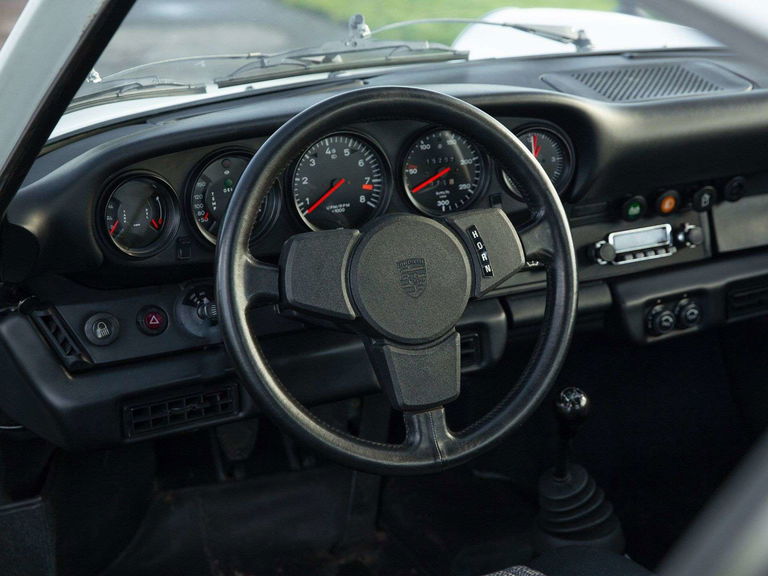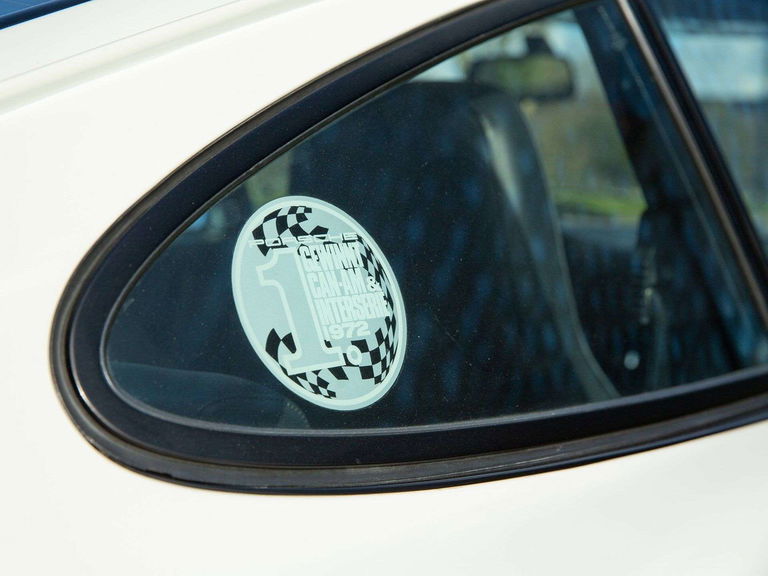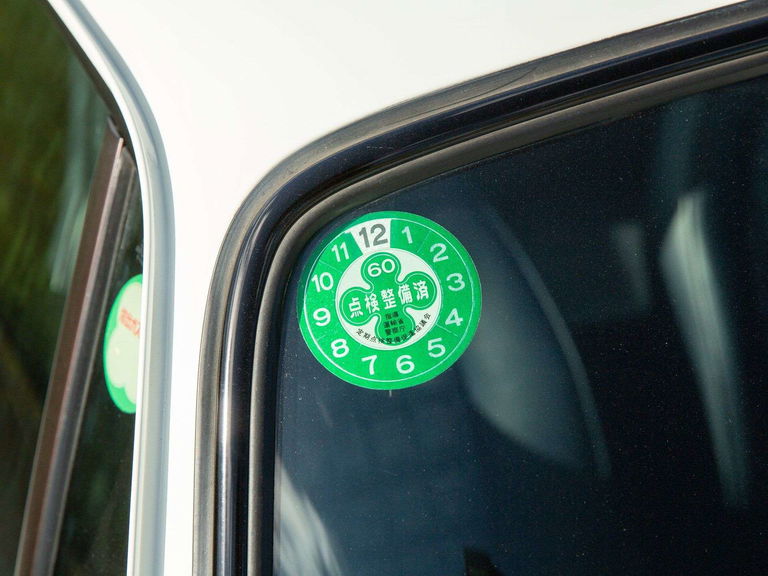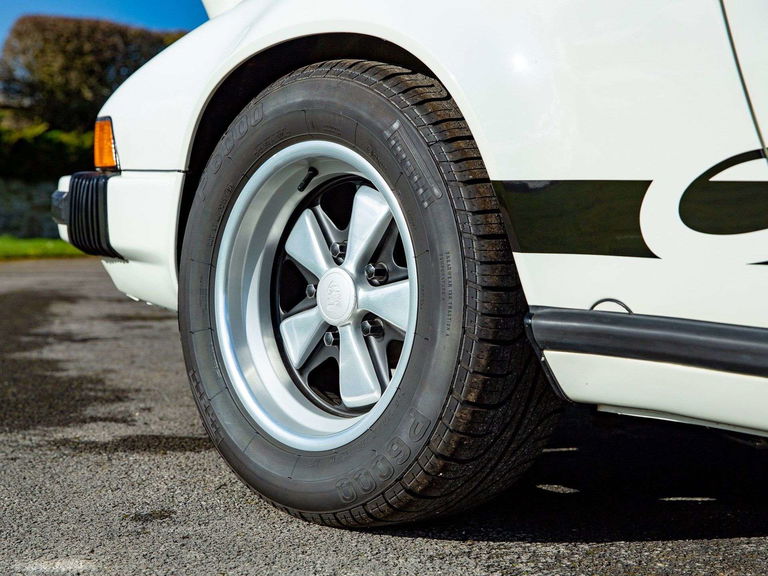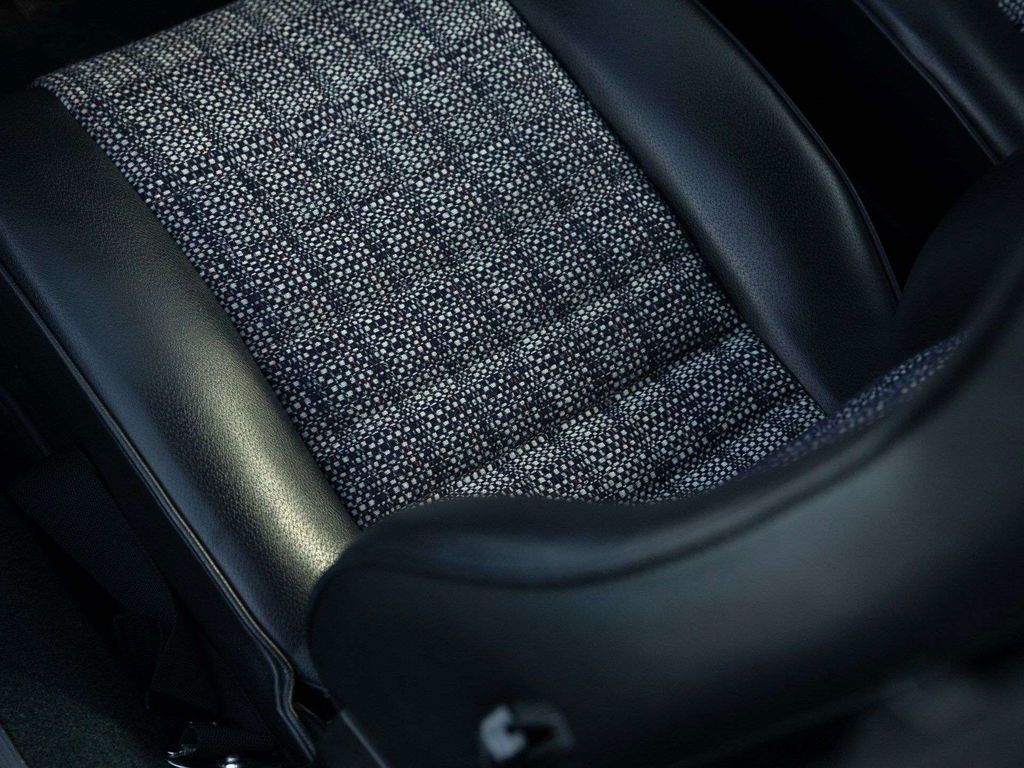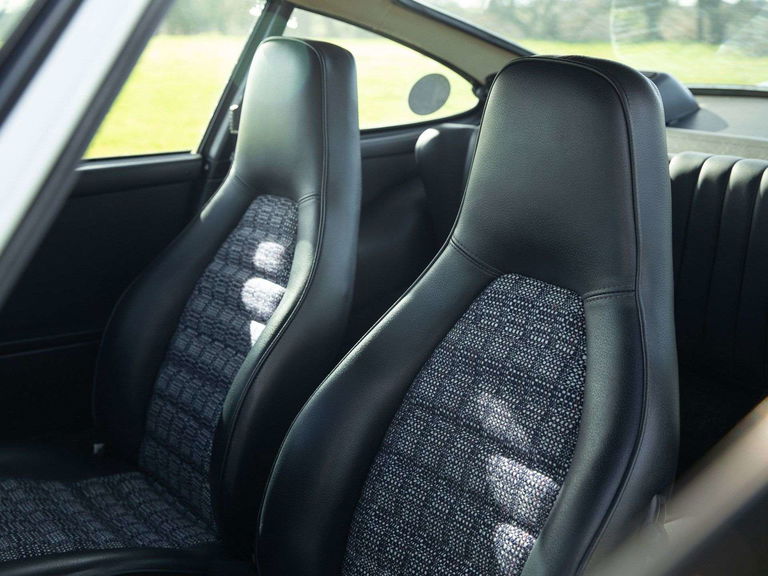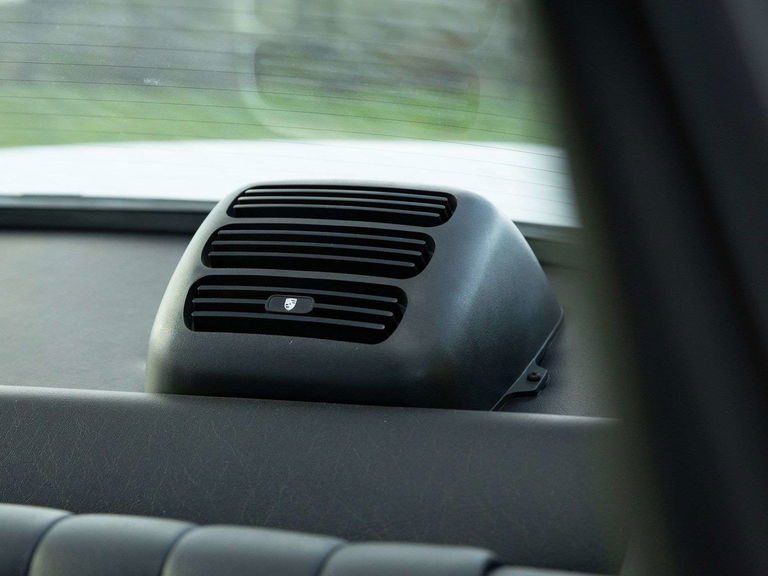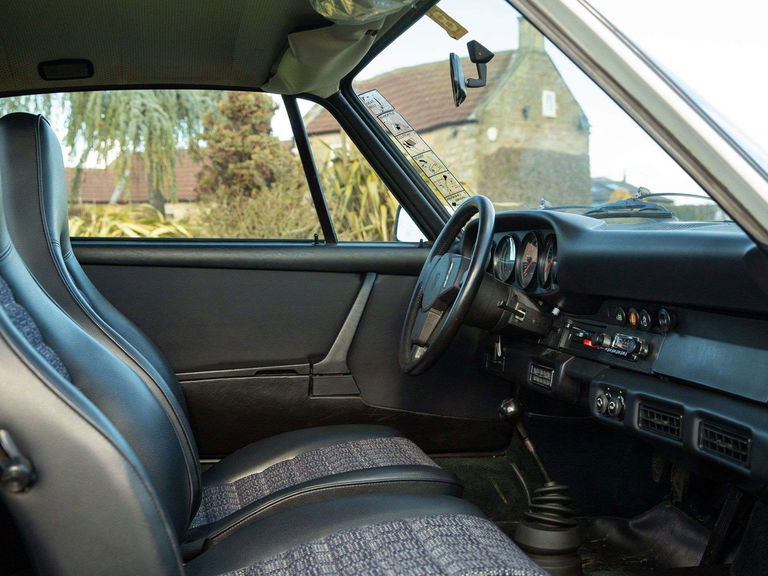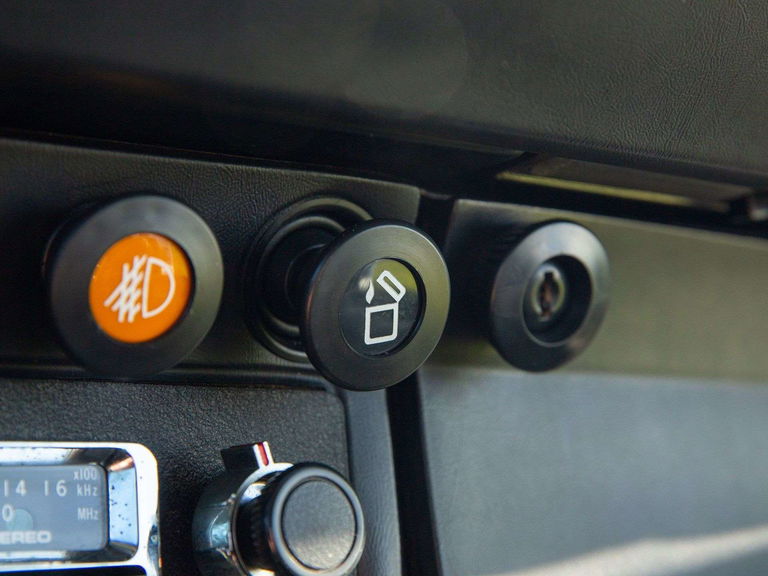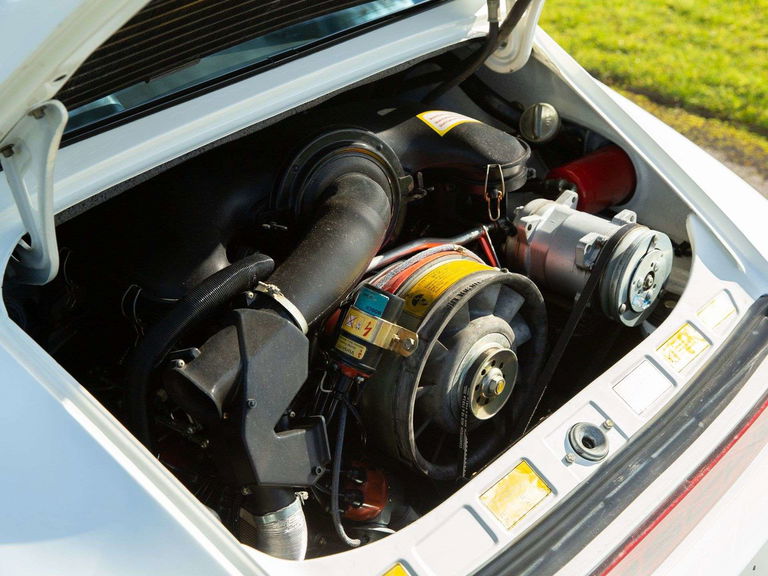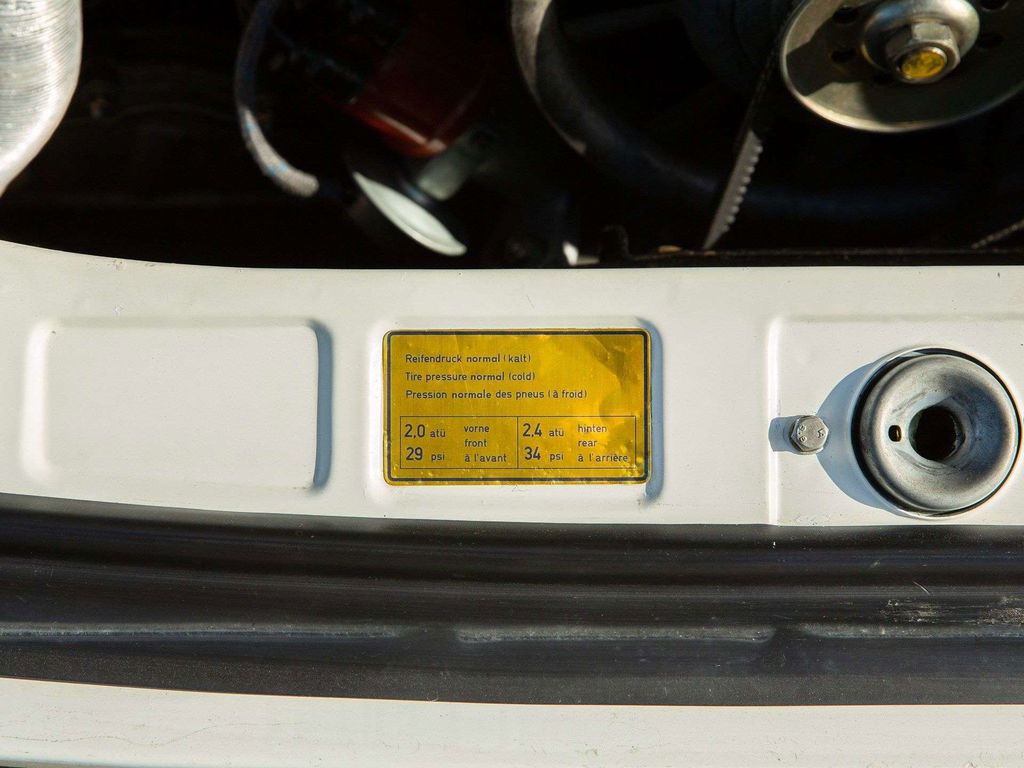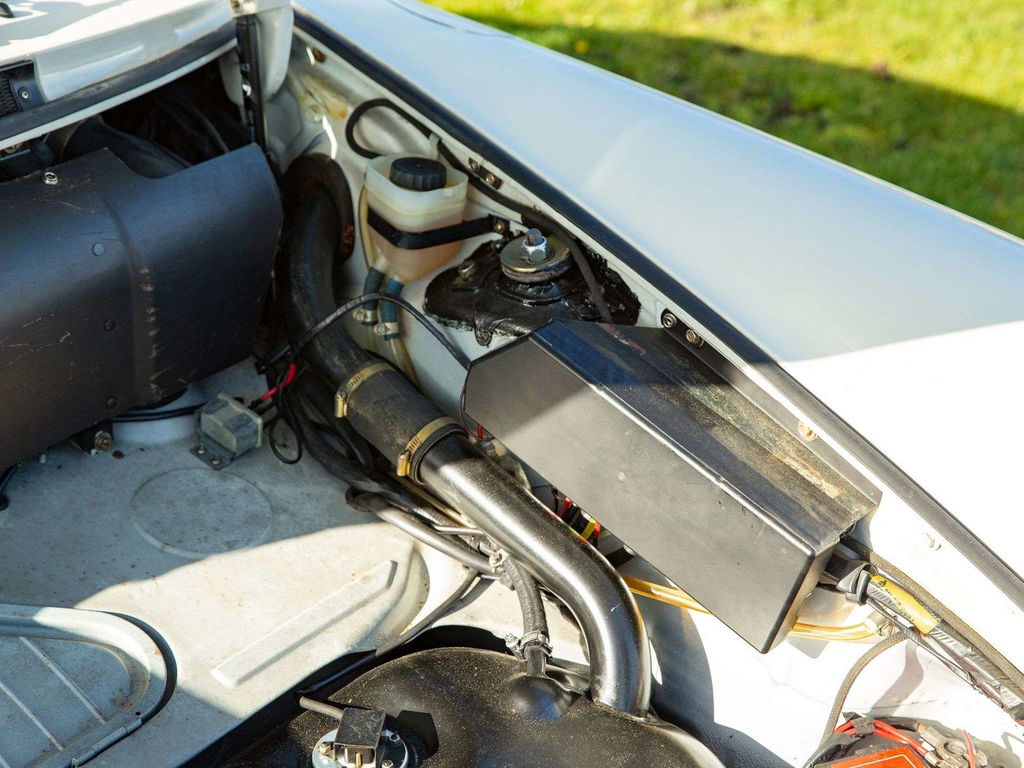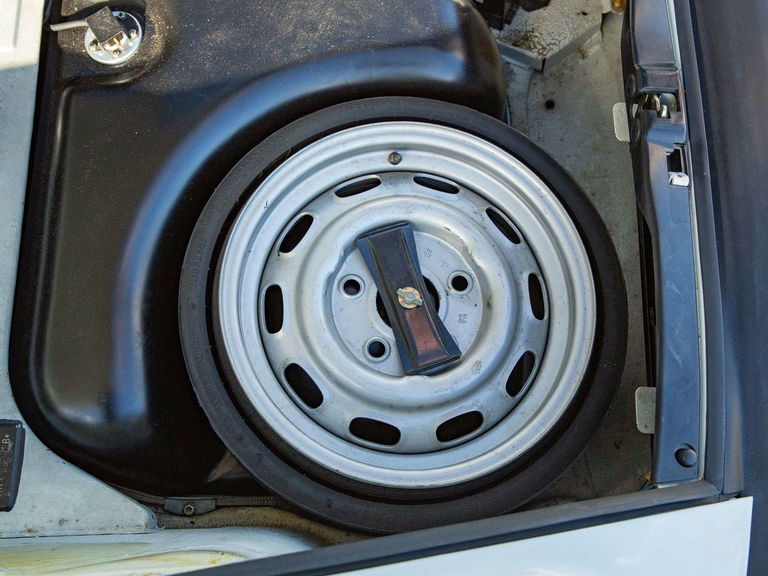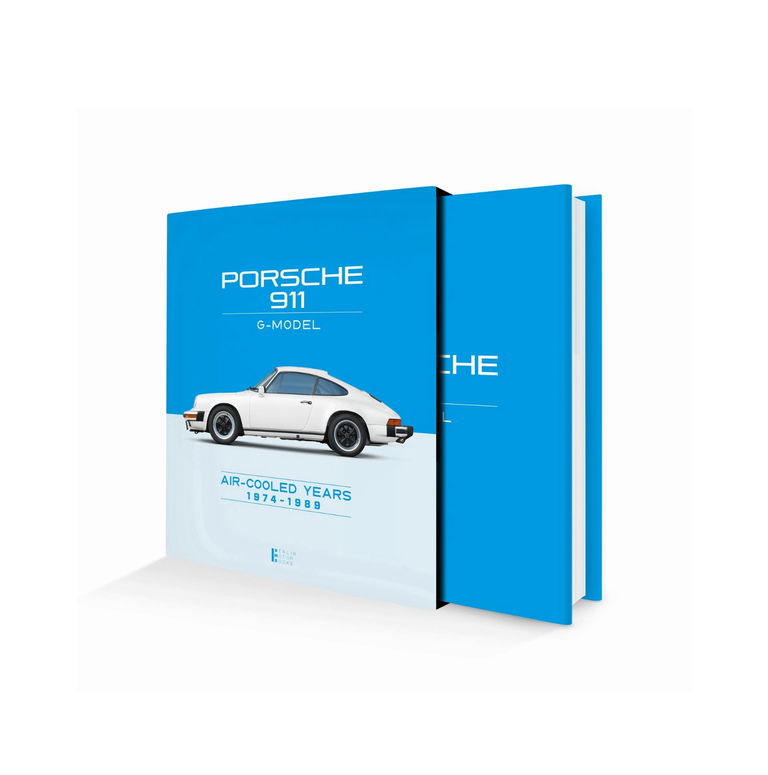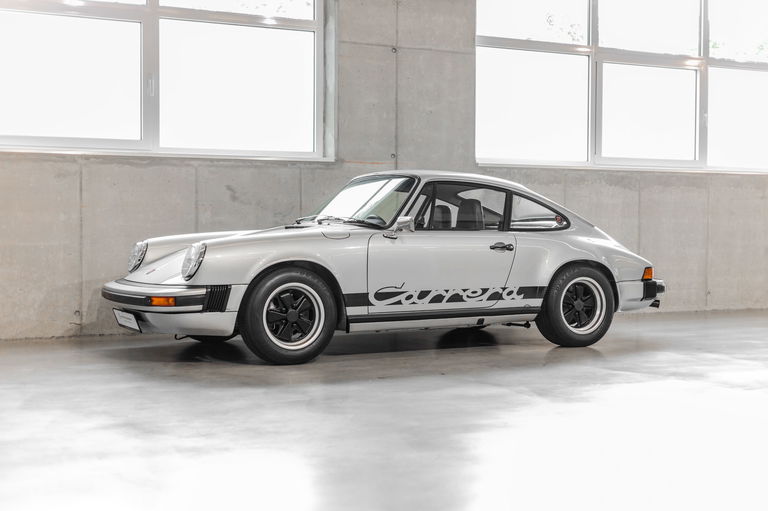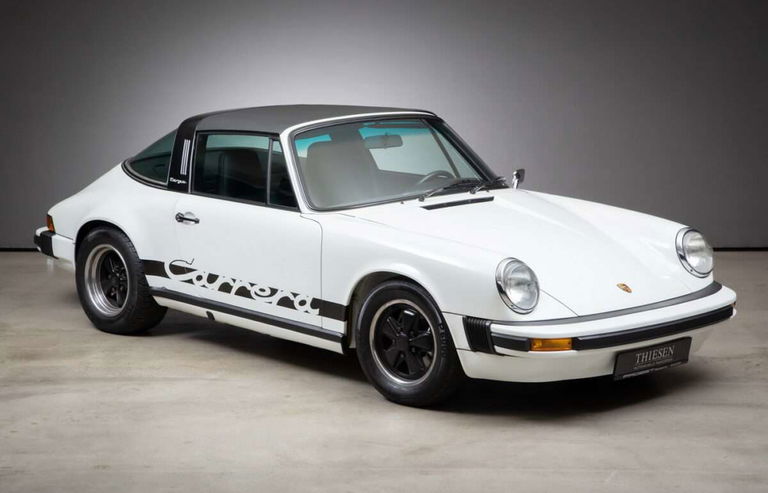In 1974, Porsche followed up its legendary Carrera RS with the updated range-topping Carrera. Its debut coincided with the launch of the new G-series body for the 911, which included revised bumpers, a shorter hood, and other upgrades. Carrera models featured wider fenders to accommodate larger Fuchs wheels, but their most important distinction was the impressive 210-horsepower 2.7-liter flat six-cylinder from the previous Carrera RS, with Bosch mechanical fuel injection.
New smog and fuel-efficiency regulations at the time precluded these 2.7 “MFI” Carreras from being imported to the United States. Instead, US-spec Carrera 2.7 models were given the significantly less powerful 2.7-liter flat-six from the 911 S. Not only forbidden fruit in America, the Carrera 2.7 MFI was also a rarity in the rest of the world, with production limited to 1,633 total units.
This unrestored 1974 Porsche 911 Carrera 2.7 MFI is among the most compelling of its kind to come to market, thanks to its uncommon features, well-preserved condition, numbers-matching engine, and well-documented history. Believed to be one of very few examples destined for Japan, it was delivered new in November 1973 to its first owner and remains remarkably well-preserved with only 15,202 kilometers (9,446 miles) indicated at cataloguing time.
This 2.7 MFI left the factory finished in the same color scheme it wears today: Grand Prix White over Midnight Leatherette with Tweed seat inserts—an early appearance of the unique cloth pattern made famous on the subsequent 25th anniversary edition of the 911 launched for 1975. Chief among the car’s rare options is the factory ducktail spoiler made of fiberglass over an aluminum frame. Additional options included rectangular front fog lights and a tinted windscreen and side glass, according to the accompanying Porsche Certificate of Production. The car was further equipped from the factory with Fuchs wheels, air-conditioning, power windows, a radio with power antenna, and very rare Porsche speakers fitted on the bulkhead.
Notably, this 911 2.7 MFI is said to have remained with its original owner in Japan until 2014, when a former president of Porsche Club of America acquired the car and then sold it shortly thereafter to a collector in Austria. Photos of the car just prior to being exported from Japan to Austria show that it did not feature side graphics at the time. Once the car arrived in Austria, a Porsche specialist recommissioned the vehicle as it had reportedly been in storage for some years prior. The Austrian owner also had red side graphics and wider Fuchs wheels with red-painted centers installed. At this time, the rear shocks and fuel tank were also replaced, and the Japan-spec headlights and indicators were swapped for European units. The original fuel tank, rear shocks, headlights, indicators, and wheels were packaged and stored.
In 2017, Thomas Schmitz, leading authority on type 964 and 993 Carrera RS models and proprietor of German Sports Cars GmbH in Telgte, Germany, acquired the Carrera 2.7 MFI and had the original Fuchs wheels reinstalled and the red graphics replaced with black graphics before selling it to the consignor in 2018. The car was then shipped to the United Kingdom, where it was serviced in 2019 by Porsche specialist Autofarm in Bicester, fitted with wider Fuchs wheels in the factory-correct polished and black finish, and eventually registered.
Showing only 15,202 kilometers (9,446 miles) on the odometer at cataloguing time, this Carrera 2.7 MFI has been driven sparingly since leaving Japan nearly 10 years ago and benefits from a very short list of conscientious caretakers. Included in the sale are the original fuel tank, rear shocks, headlights, and indicators, a set of Fuchs wheels, said to be original, factory tools, an air compressor, manuals, service book, Japanese documentation, historical photos, export documents, sales and service invoices, and a Porsche Certificate of Production, which confirms the numbers-matching engine.
Remarkably well preserved inside and out, this 911 Carrera 2.7 MFI is a rare find anywhere in the world but especially coveted in the United States, with its high-output, Euro-spec, fuel-injected engine. It is undoubtedly one of the most compelling examples of its kind to emerge at auction and thus represents an extraordinary opportunity for any collector.




